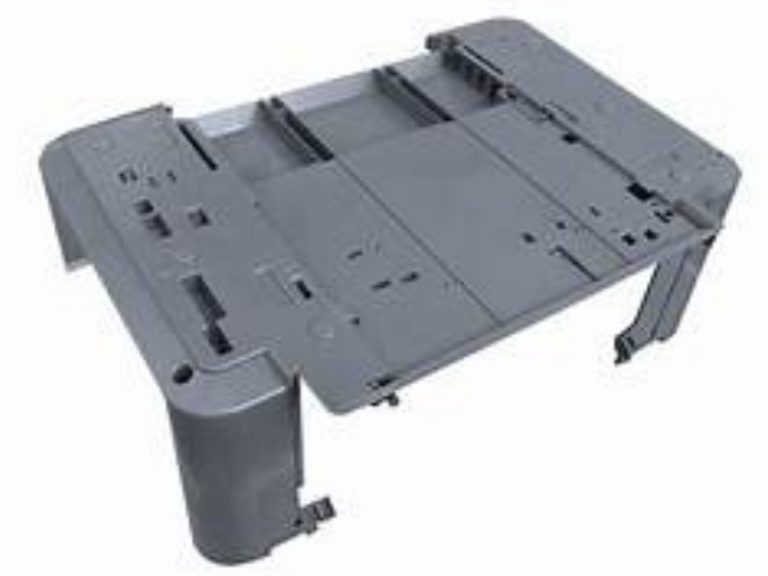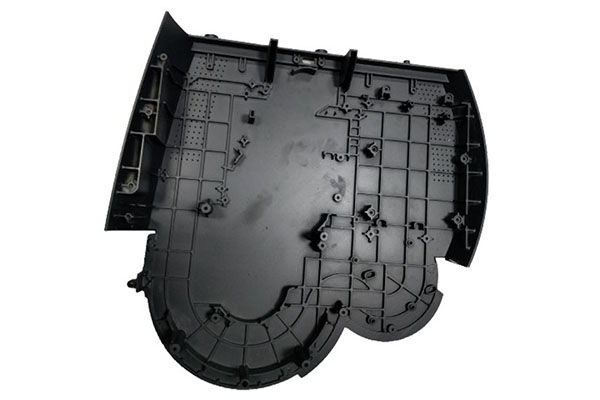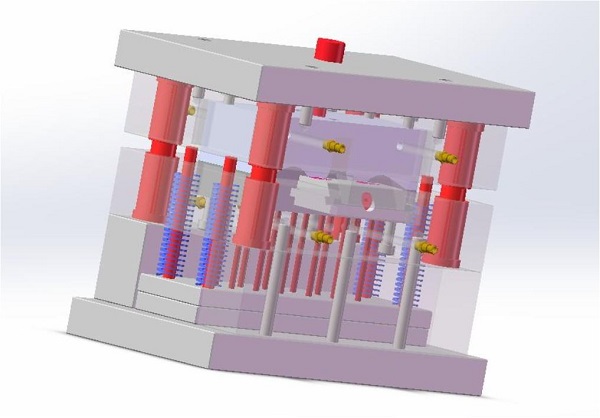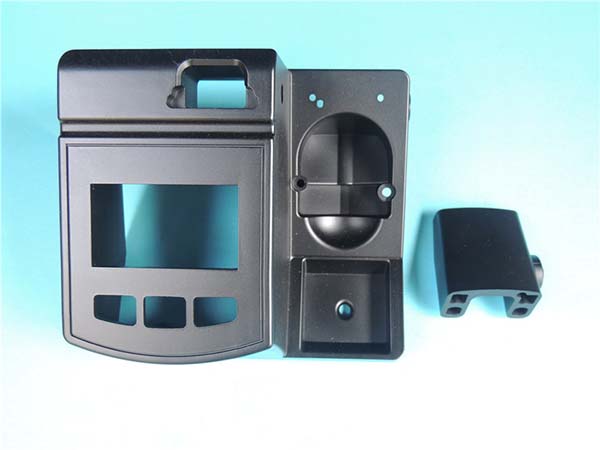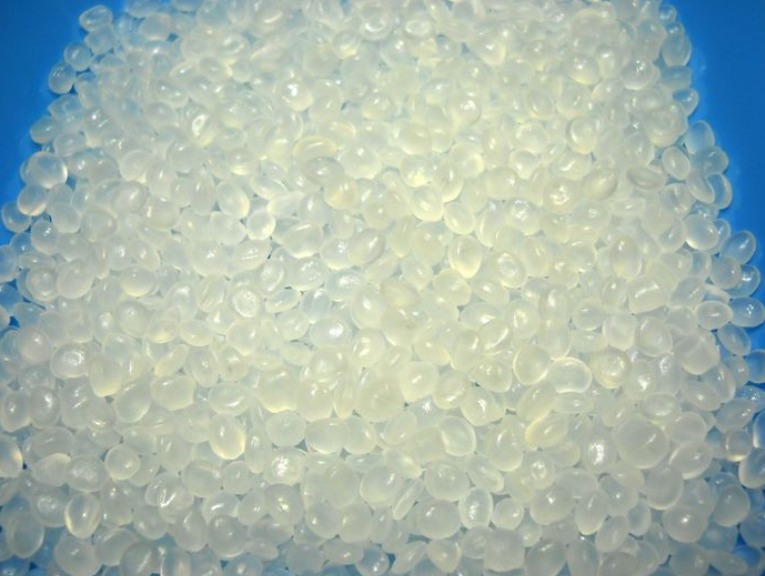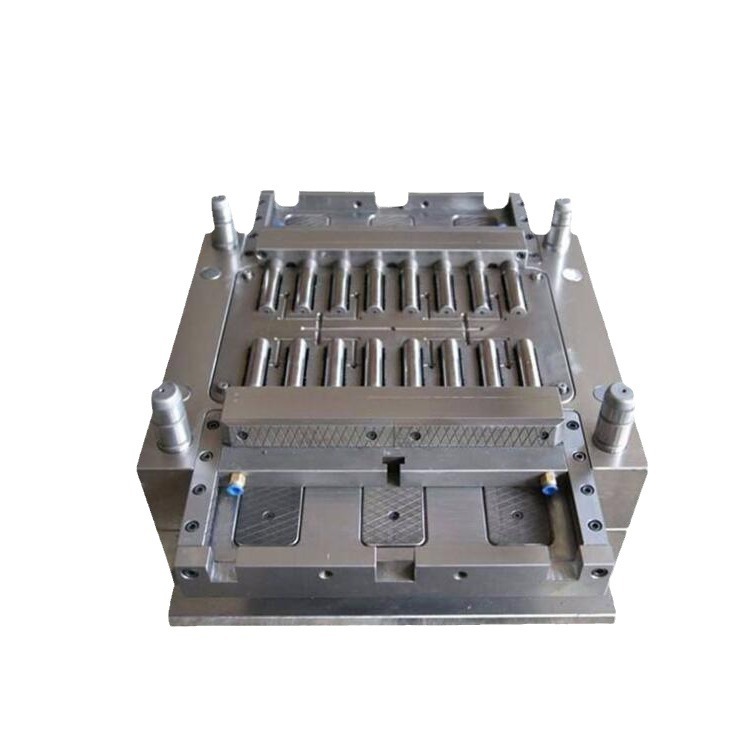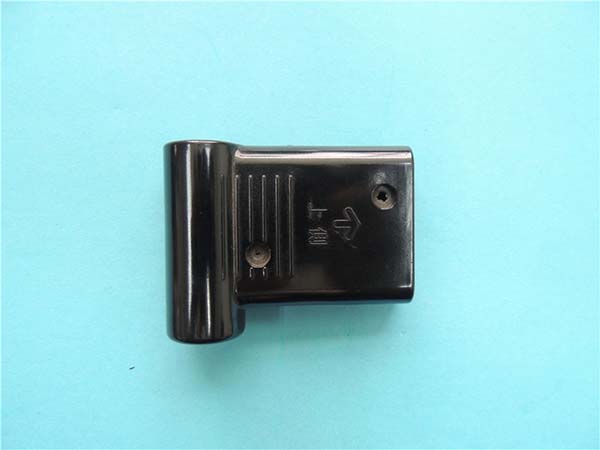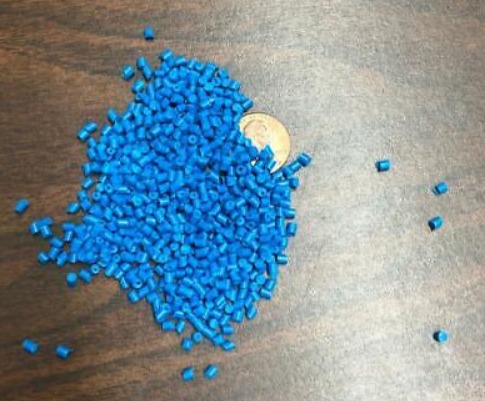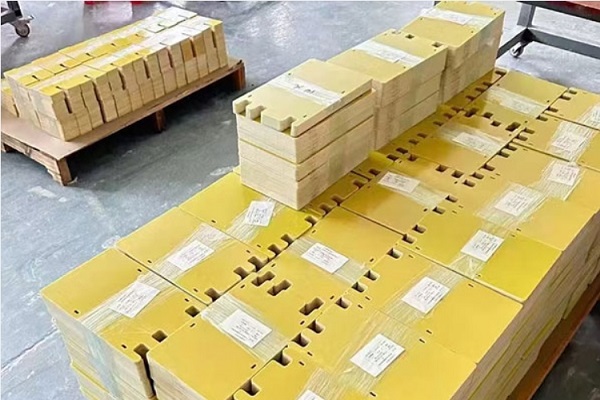Double-Shot Injection Molding (also known as two-shot or 2K molding) is a sophisticated manufacturing process that redefines part complexity and functionality. By sequentially injecting two different materials into a single mold, it creates seamless, multi-material components in one efficient cycle. This technology unlocks possibilities unattainable by traditional assembly—think soft-touch grips fused to rigid frames, multi-colored parts without post-painting, or integrated seals that never leak. However, harnessing its full potential requires a deep understanding of material science, precision mold engineering, and process control. This comprehensive guide is designed for product designers, engineers, and manufacturers looking to master the Double-Shot Injection Molding process, from selecting compatible materials and designing complex molds to optimizing cycles and justifying costs for applications in automotive, medical, and consumer goods.
What is Double-Shot Injection Molding?
Double-Shot Injection Molding is an advanced injection molding process where two distinct thermoplastic materials are injected into the same mold to form a single, integrated component. Unlike over-molding where a pre-molded part is manually transferred, this process is fully automated and performed in one continuous cycle on a specialized machine. The core outcome is a monolithic part with a permanent, clean bond between materials, eliminating the need for adhesives, mechanical fasteners, or secondary assembly. This results in superior part integrity, enhanced aesthetics, and significant long-term cost savings.
How Does the Two-Step Process Work?
The process hinges on precise timing and mold movement. The most common method uses a rotary platen or indexable mold core.
- First Shot (Substrate): The primary material (e.g., rigid PC/ABS) is injected into the first cavity set to form the substrate part. It is allowed to partially cool but not fully solidify.
- Mold Movement: The mold opens, and either the core side rotates 180° (rotary platen) or the entire mold core/indexes to a second station. The substrate remains on the moving core.
- Second Shot (Overmold): The mold closes again, with the substrate now positioned in the second cavity set. The second material (e.g., soft TPE) is injected directly onto or around the substrate, bonding to it as both cool and solidify together.
- Ejection: The mold opens, and the completed, two-material part is ejected.
This seamless, automated sequence is the key to the process's efficiency and repeatability.
Which Material Combinations Are Possible?
Success depends entirely on material compatibility, specifically the ability of the two materials to form a strong chemical or mechanical bond at the interface.
- Chemical Bonding (Adhesion): The ideal scenario where materials fuse at a molecular level. Common successful pairs include:
- Polycarbonate (PC) / Acrylonitrile Butadiene Styrene (ABS) with Thermoplastic Polyurethane (TPU): A classic for automotive interiors (buttons, knobs).
- Polypropylene (PP) with Thermoplastic Elastomer (TPE): Widely used for soft-grip handles and seals.
- Different grades of the same polymer family (e.g., two types of nylon) typically bond well.
- Mechanical Interlock (When Chemical Bonding Fails): When materials are incompatible (e.g., PP to PA), the mold must be designed with undercuts, holes, or textured surfaces on the substrate. The second material flows into these features, creating a physical lock. This requires more complex mold design but enables otherwise impossible combinations.
- Bonding Agents (Tie Layers): For critical applications with incompatible materials, a third, compatible material can be co-injected as a thin bonding layer.
Mold Construction and Rotary Platen Options
The mold is the heart of the operation and is significantly more complex—and costly—than a standard single-shot mold.
- Core/Cavity Design: The mold must have two complete, perfectly aligned sets of cavities: one for the substrate (First Shot) and one for the final part (Second Shot).
- Rotary Platen vs. Indexing Core:
- Rotary Platen: The most common setup. The entire moving platen (holding the core) rotates. It's robust and ideal for high-volume production. Vertical clamp machines with a horizontal rotary table are a popular configuration.
- Indexing Core: Only the core insert rotates within the mold. This can be more cost-effective for smaller parts or lower volumes.
- Alignment & Precision: The alignment between the first and second shot cavities is critical. Precision interlocks (diamond pins) and high-quality guide pillars/bushings are non-negotiable to prevent flash and ensure part consistency. Mold steels like pre-hardened NAK80 or hardened S136 are often chosen for their durability and polishability.
How to Prevent Flash and Misalignment?
Flash (unwanted material seepage) and misalignment are the primary defects in double-shot molding, stemming from the same root cause: imprecise sealing between mold halves.
- Precision Machining & Thermal Management: Molds must be machined to ultra-tight tolerances (often within ±0.015 mm). Balanced cooling is vital to control uniform thermal expansion of mold plates during the cycle.
- Clamp Force & Injection Pressure: Sufficient machine clamp force must be calculated for the total projected area of the second shot, which includes the substrate. Injection pressures for both shots must be optimized to fill without overpowering the clamp.
- Process Control: Utilize cavity pressure sensors to monitor and control the switchover from injection to packing pressure precisely, ensuring the cavity is filled just enough without creating excessive internal pressure that could force the mold open.
Cycle-Time Optimization Strategies
While the cycle is inherently longer than a single-shot process, smart optimization is key to commercial viability.
- Concurrent Cooling: The greatest opportunity lies in cooling both materials simultaneously. While the second shot is cooling, the first cavity set should be actively cooled to prepare for the next substrate shot.
- Material Selection: Choose materials with similar solidification temperatures and fast cooling profiles to synchronize cycle phases.
- Robotic Automation: Integrated robots can perform secondary operations (e.g., insert loading, inspection) within the cycle time or handle parts immediately upon ejection, maximizing machine uptime.
- Scientific Molding: Establishing and locking in robust, data-driven process parameters (injection speed, temperature, pressure) prevents variations and unscheduled stops.
Cost Comparison vs. Over-Molding and Assembly
While the initial investment is higher, the total cost of ownership often favors Double-Shot Molding for suitable volumes.
| Method | Tooling Cost | Labor Cost | Part Cost | Secondary Operations | Advantages/Disadvantages |
|---|---|---|---|---|---|
| Double-Shot Molding | High (Complex 2-cavity mold) | Very Low (Fully automated) | Low at volume | None (Part is complete) | Pro: No assembly, perfect bond, high consistency. Con: High NRE, specialized machine needed. |
| Insert/Over-Molding | Medium (Two simpler molds) | Medium to High (Manual insert handling) | Medium | Often required (Deflashing, etc.) | Pro: Lower NRE, flexible. Con: Labor-intensive, bond may be weaker, consistency varies. |
| Separate Parts + Assembly | Low (Two simple molds) | Very High (Manual or automated assembly) | High | Required (Adhesive, ultrasonic welding, screws) | Pro: Lowest NRE, design freedom. Con: Highest part cost, potential for assembly failure, extra components (fasteners). |
Break-Even Analysis: The high Non-Recurring Engineering (NRE) cost of a double-shot mold is offset by the elimination of assembly labor and secondary processes. For annual volumes typically above 50,000 to 100,000 parts, double-shot molding becomes the most economical choice.
Applications in Automotive, Medical, and Consumer Goods
- Automotive: Seamless backlit buttons and switches (clear PC/ABS shot first, opaque color shot second), soft-touch gear knobs and steering wheel elements, and multi-colored lamp housings.
- Medical: Ergonomic, grippy handles on surgical tools that are easy to sterilize, two-colored components for device orientation, and sealed housings created by overmolding a gasket material.
- Consumer Goods: Toothbrushes with soft-grip handles, power tool housings, waterproof electronic enclosures with integrated seals, and multi-colored consumer electronics cases.
Conclusion
Double-Shot Injection Molding is a pinnacle of integrated manufacturing, transforming the way we design and produce multi-functional components. It moves beyond the limitations of assembly to create stronger, more reliable, and more aesthetically refined products. While it demands upfront investment in specialized machinery, complex tooling, and deep material and process expertise, the long-term rewards in part quality, production efficiency, and total cost are substantial for the right application. By mastering the principles of material bonding, precision mold design, and cycle optimization outlined in this guide, engineers and manufacturers can unlock a powerful tool for innovation, delivering superior value in the competitive markets of automotive, medical, and consumer goods.
FAQ on Double-Shot Injection Molding
What's the difference between double-shot molding and over-molding?
Double-shot molding is a single-cycle, automated process where both materials are injected into one mold with a moving core. Over-molding typically refers to a two-step process: a substrate is molded, then placed (manually or robotically) into a second mold where the overmold material is injected. Double-shot is faster, more consistent, and creates a superior bond.
Can three or more materials be used?
Yes, the process can be extended to multi-shot molding (3K, 4K) using machines with additional injection units and molds with more complex rotation sequences (e.g., 120° rotations for three materials). This is used for highly complex parts like multi-colored automotive logos.
How do you test the bond strength between the two materials?
Standard tests include cross-sectional analysis to examine the interface, peel tests (like ASTM D6862) for soft-over-hard applications, and tensile bond tests. These are part of the material selection and process validation phases.
What happens if the two materials don't bond?
If chemical adhesion fails and mechanical interlock isn't designed in, the parts will delaminate. This is a critical failure mode that must be addressed in the design phase through material re-selection or mold redesign.
Is prototyping possible for double-shot parts?
Yes, but it is more challenging. Options include using a modular mold system on a multi-shot machine, creating a simplified single-cavity prototype mold, or even performing sequential molding on a standard machine with manual part transfer (though this is slower and less representative of the final bond).
Contact Yigu technology for custom manufacturing.
At Yigu Technology, we possess the specialized expertise and advanced equipment to execute complex Double-Shot Injection Molding projects successfully. Our engineering team guides you through critical material selection and DFM, and our precision mold shop builds robust, high-precision rotary molds. With our dedicated multi-shot presses and scientific process control, we deliver integrated components of exceptional quality, strength, and consistency for automotive, medical, and consumer applications.
Unlock the potential of multi-material design with a trusted partner. Contact Yigu Technology today to discuss your project and explore the possibilities of double-shot molding.
